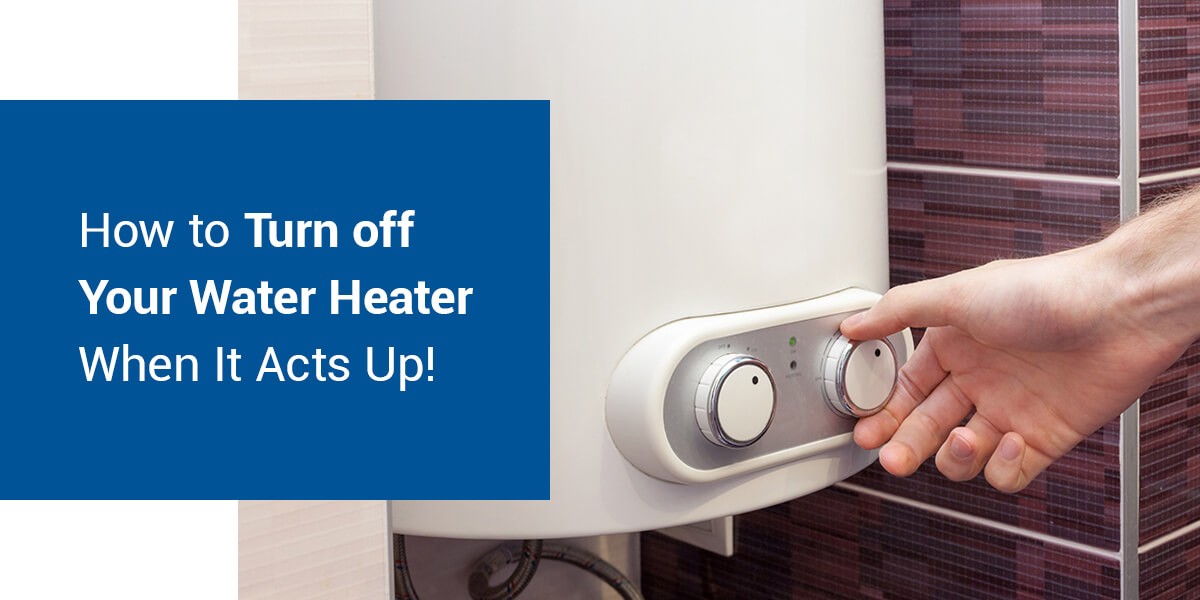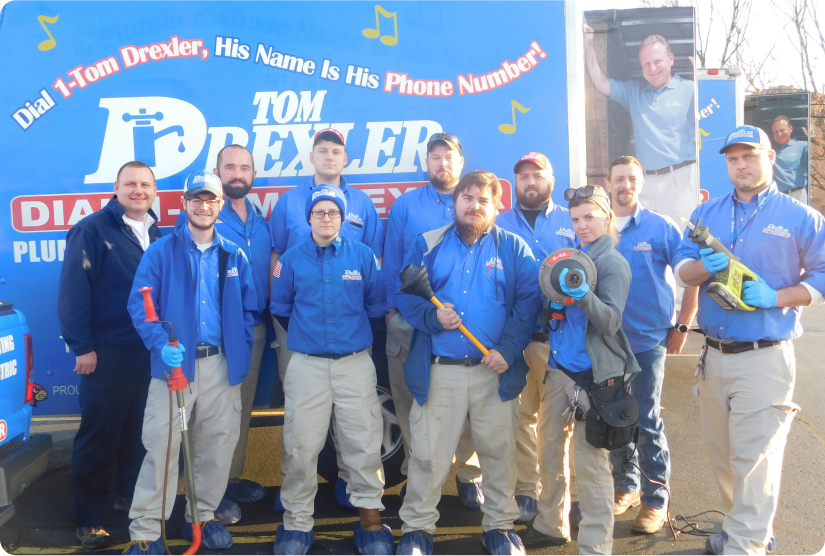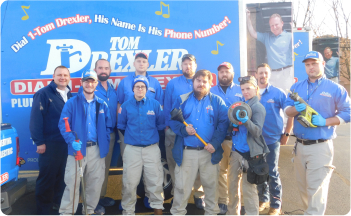Discovering Minor Toilet Leaks
We all know the sound, a repetitive drip-drip-drip going on through the night. Without a doubt, these leaks can quickly become annoying. When that noise is coming from a toilet, there may not even be any water collecting on the ground, because the leak may be from the toilet’s tank into its bowl.
These minor leaks can easily be missed because of this, but that doesn’t mean there is no water wasted. Minor leaks like these can easily cause us to procrastinate solving the issue, but, the truth is, these leaks can easily be discovered on your own!
What Makes a Toilet Leak?
One of the most common reasons we discover a leaky toilet is caused by a defective toilet flapper. A toilet flapper is an easily identifiable piece in your toilet. If you were to remove the lid of your tank and look at the bottom of the tank, you would notice a small hole covered by a rubber seal. This seal is the flapper. If the flapper has any damage or wear around the seal, there will be a continuous leak running into your toilet bowl. But how do you know if there is a leak because of the seal?
Trying Out the Dye Test
Some people are quick to call a leaky toilet a running toilet, but not all toilet leaks are exclusive to the whooshing sound one would commonly associate with a leak. To discover whether or not your toilet has a leak, we recommend the dye test. This test is simple and requires little work on your end.
If you believe that your toilet tank may have a tiny leak, place a few drops of food coloring into your toilet’s tank. Allow the dye to sit in the tank for a few hours. After a few hours, check back on the toilet. If you notice that any of the dye has appeared in your toilet’s bowl, you’ll know there is a leak in the tank.
But have no fear! The professionals at Tom Drexler Plumbing, Air & Electric are ready to solve this issue for you. All of our plumbers are licensed professionals. We take pride in hiring the best, so you can have the best experience possible.
Whether you need an entirely new toilet or just a flapper, we are here for you. Schedule your appointment today and do away with that drip-drip-drip.
When buying an older home, check the electrical
Buying an older home offers a lot of benefits. Many of them are much sturdier and don’t use the cheaper materials that some of today’s homes use. However, over time, parts will need to be replaced and updated to keep up with current codes. Before taking the plunge and making an offer, take a look at the electrical in the home and take note of any warning signs.
While most newer homes have an adequate power supply to the rooms and enough electrical outlets, older homes may not. Take a look around and see if there are any extension cords moving from room to room. This may be a sign that the home may not have enough outlets to meet your needs. Adding extension cords and overusing the outlets can put a strain on the electrical system and could lead to a fire.
Ensure that there are no exposed wires in the home, as those are also a serious fire hazard. Ask to see above the garage and near ceilings to see if there may have been any spliced wires. This is when the previous owner may have tried to connect wires themselves using either electrical tape or wire connectors. While this isn’t a deal-breaker necessarily, it will be important to bring in a contractor to fix these issues.
The age of the home may also give a good clue whether or not there may be issues. Knob and tube wiring was most commonly used in homes built between 1900 and 1950. This is an older type of wiring that doesn’t handle the electrical needs of homes today. Be aware that many home insurance companies will require that this be updated to a modern electrical panel in order to insure the home. Again, just be aware that there may be some additional cost to update the home.
Somebody qualified to inspect the home should also take a look at the outlets and make sure that none of them have any cracks, and check if they are all grounded correctly. Also, test them to see if they have the correct amount of tension to hold whatever is plugged into them, and that the type of outlet is appropriate for the room. For example, the kitchen requires specialized outlets that can handle the number of appliances being run.
Additionally, a good inspector will check to see if there may be aluminum wiring in an older home. This is not up to current code and would need to be redone to make the home safe and able to handle modern electrical needs. Checking the panel to make sure that it is also up to modern code is important as well.
None of these would make any home a bad purchase, but it would be important to factor in the cost to repair these problems into the price of the home. You may consider making an offer to the current owner at a lower price and explain that it is because you will need to fix the faulty electrical work.







